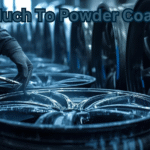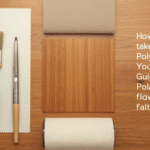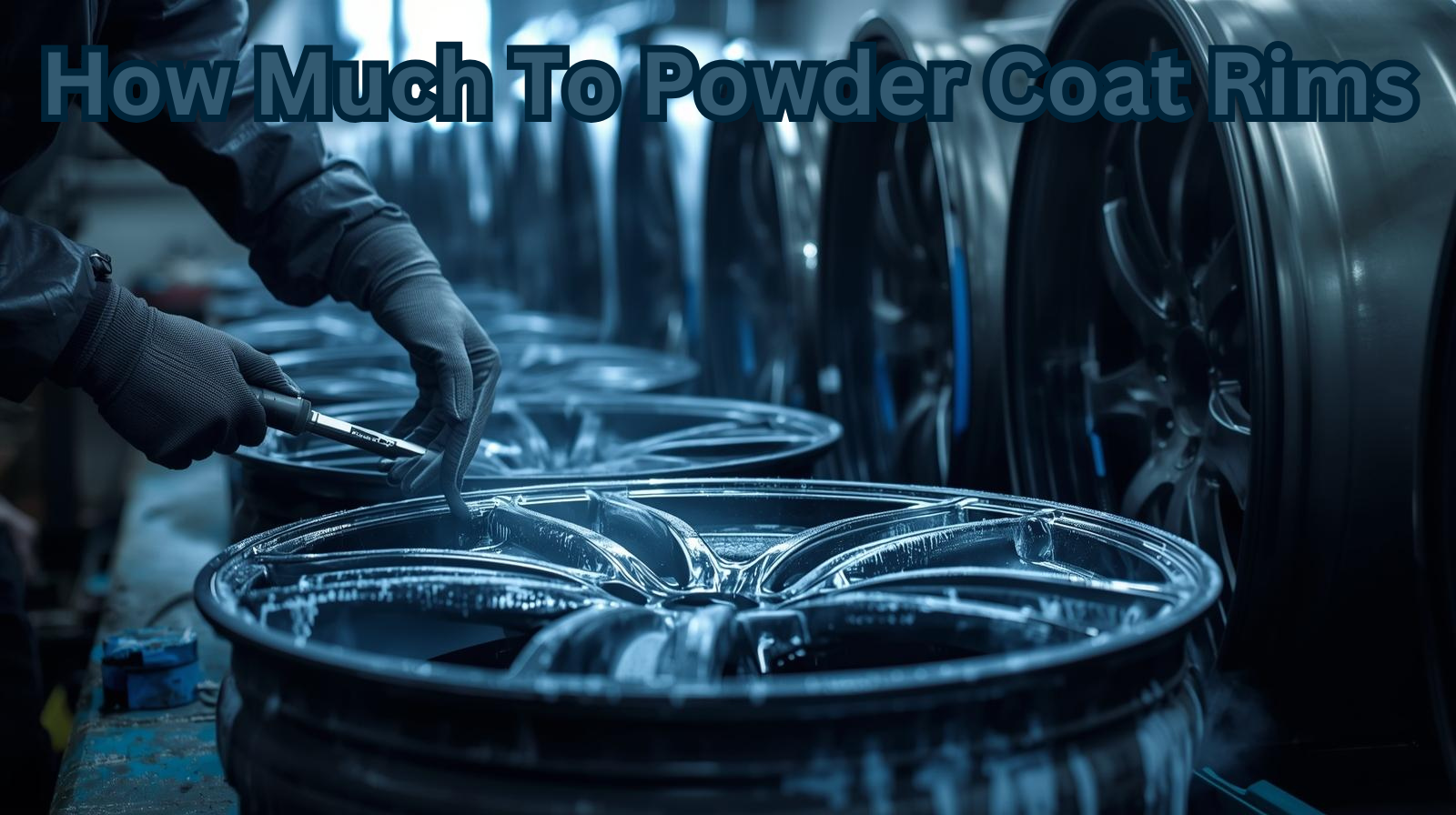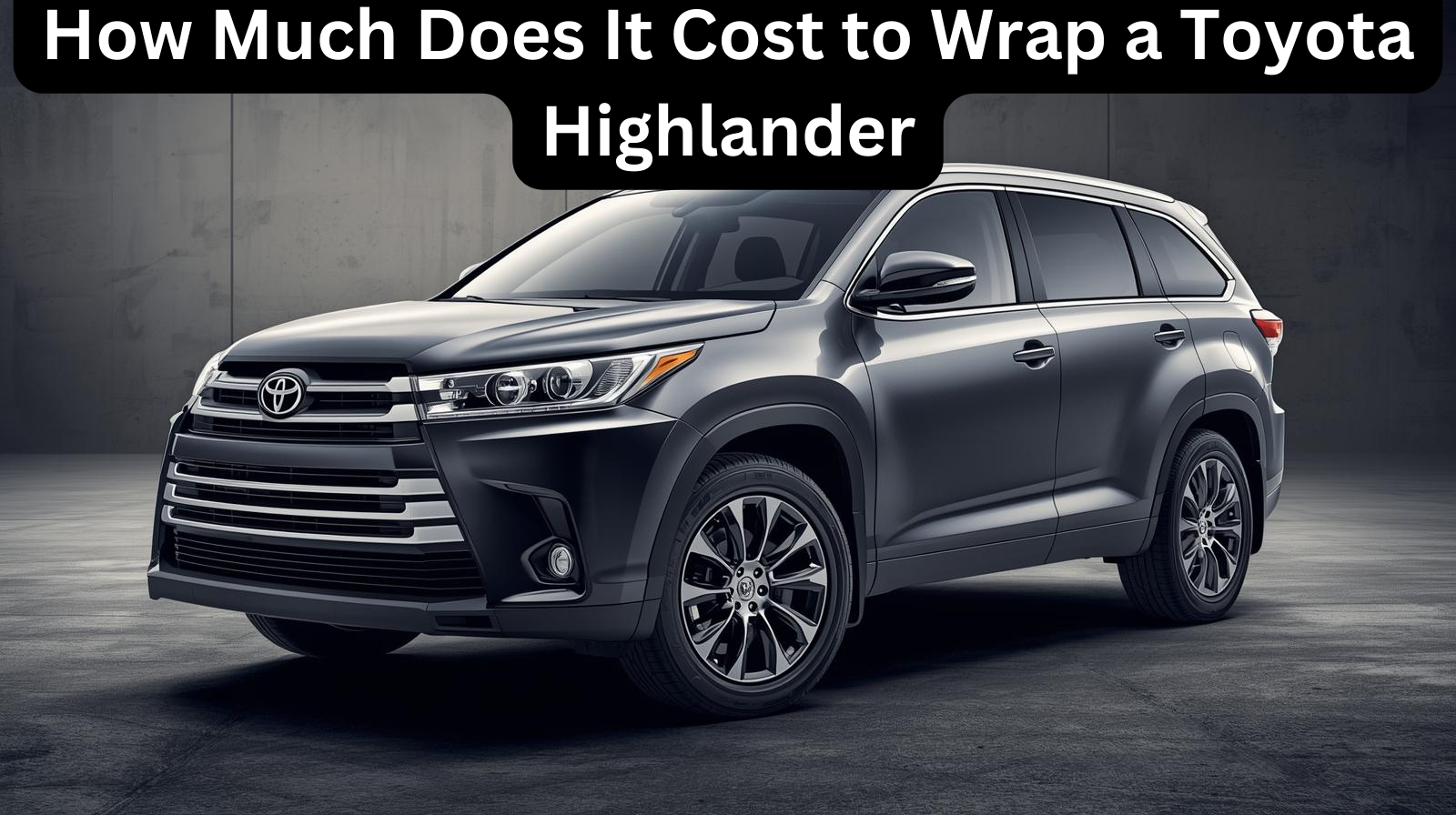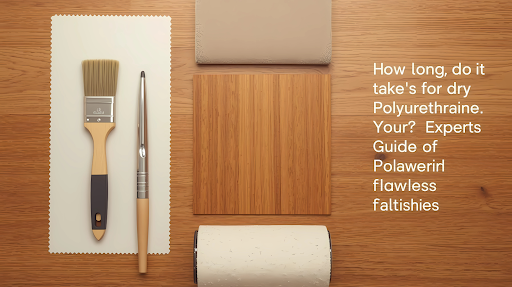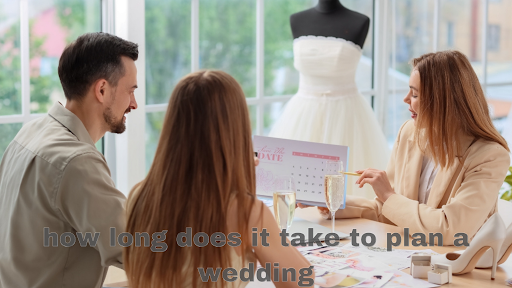Powder Coat Rims Cost Guide | Save Money on Wheel Finishing
You’ve seen them on custom builds and restored classics—flawless, vibrant rims that look like they just rolled out of a high-end showroom. That deep, glossy, chip-resistant finish isn’t magic; it’s powder coating. And if you’re considering this upgrade for your own vehicle, one question is probably burning a hole in your mind: how much to powder coat rims?
It’s a deceptively simple question with a multi-layered answer. The final price isn’t just a number on a website; it’s a story of preparation, material science, and skilled labour. As someone who has had multiple sets of wheels coated and has spent countless hours talking with shop owners, I can tell you that understanding this process is the key to both getting a fair price and achieving a finish that lasts for years.
This guide won’t just give you a national average. We’re going to dissect the true cost of powder coating rims, explore what makes the price fluctuate, and give you insider tips on how to save money without compromising on quality. Let’s demystify the process and get you the stunning wheels you deserve.
So, How Much to Powder Coat Rims? The Quick Answer
Let’s cut to the chase. On average, for a standard set of four passenger car wheels, you can expect to pay between $600 and $1,200 for a professional, high-quality job. This typically includes the full service: removal, dismounting tires, thorough preparation, the powder coating process itself, and reassembly.
However, this is a massive range. A basic, single-color job on simple steel wheels might land you near the $400-$500 mark, while a complex, multi-stage coating on large, intricate alloy wheels with extensive repair could easily soar past $1,500.
The final calculation for how much to powder coat rims boils down to a few critical factors. Understanding these is your first step toward an informed decision.
Breaking Down the Cost: What You’re Really Paying For
When a shop gives you a quote for how much to powder coat rims, they aren’t just charging you for the powder. You’re paying for a multi-step, labour-intensive process that transforms your old wheels. Here’s what that invoice covers:
1. Labour: The Invisible Engine
This is often the largest chunk of the cost. Labour includes:
- Tire Removal & Reinstallation: The wheels must be completely bare. This requires a skilled technician with a tire machine to avoid damaging the rim.
- Chemical Stripping: All old paint, clear coat, and contaminants must be removed. This isn’t a light sanding; it’s a complete strip-down to bare metal.
- Media Blasting: This is the gold standard for preparation. Using materials like walnut shells or plastic media, technicians blast the wheel to create a perfectly clean, microscopically rough surface for the powder to adhere to.
- Masking: Valve stems, mounting surfaces, and other critical areas must be meticulously masked off.
- The Actual Coating: Applying the powder evenly requires skill and a controlled environment.
- Curing: Wheels are baked in a large oven to melt and cure the powder into its final, hardened state.
2. Wheel Condition & Preparation
The state of your wheels is a huge variable. A shop quoting a basic price assumes your wheels are straight and undamaged. If your wheels have curb rash, bends, or need welding repair, the cost will increase significantly. Proper repair can add $75-$150 per wheel.
3. Wheel Size and Complexity
It’s simple math: more surface area requires more materials and time. Coating a set of massive 22-inch truck wheels will cost more than a set of 16-inch economy car wheels. Furthermore, wheels with intricate spokes, deep crevices, and complex designs are harder to prep, mask, and coat evenly, which adds to the labour time.
4. The Powder Itself
While the raw powder cost is a smaller part of the equation, your colour and finish choice can influence the price.
- Standard Colours: Blacks, whites, silvers are usually the most affordable.
- Specialty Finishes: Metallic, candies, chameleon colour-shifts, and prismatic powders are more expensive.
- Clear Coats: A UV-stable clear coat is highly recommended to prevent fading and is often an add-on cost.
Powder Coating vs. Painting: A Value Comparison
When considering how much to powder coat rims, it’s crucial to compare it to the alternative: painting.
| Feature | Powder Coating | Professional Painting |
| Durability | Extremely high. Resistant to chipping, chemicals, and UV fade. | Good, but more prone to chipping and environmental damage. |
| Finish | Thicker, more consistent finish. Can have a slight “texture.” | Can achieve a very deep, wet-look gloss. |
| Cost | Generally higher upfront cost. | Can be less expensive initially. |
| Long-Term Value | Superior. Lasts much longer, making it a better investment. | May require touch-ups or a re-spray sooner. |
| Environmental Impact | No VOCs (Volatile Organic Compounds); more eco-friendly. | Uses solvents and emits VOCs. |
The bottom line? While painting might have a lower sticker price, powder coating offers far greater durability and longevity. You’re not just paying for colour; you’re paying for a long-term protective shield. This makes the investment in understanding how much to powder coat rims a calculation of value over time, not just immediate cost.
The DIY Route: A Realistic Look at Cost and Effort
The idea of spending $200 on a hobbyist powder coating kit from Eastwood or Harbour Freight is tempting. It seems like a sure-fire way to slash the final number when calculating how much to powder coat rims.
Is it feasible? Technically, yes. But is it advisable? For most people, no.
The hidden costs of DIY are substantial:
- Equipment: Gun, oven, compressor, blaster.
- Space & Safety: You need a well-ventilated, dedicated space for a large oven and media blasting.
- The Learning Curve: Achieving a professional, even, bubble-free finish is incredibly difficult on your first try. The risk of runs, orange peel, or poor adhesion is high.
For a one-off project where perfection isn’t critical, DIY can be a fun challenge. But for your daily driver’s wheels, the risk of failure and the investment in equipment often make professional services the smarter, more reliable choice.
Also Read More: Powder Coat Rims Cost
How to Save Money on Your Powder Coating Project
Now for the good stuff. You can influence the final price of how much to powder coat rims with a few smart moves.
- Do the Teardown Yourself: The single biggest way to save is to bring the shop bare, clean wheels. If you can safely remove the wheels from your car, dismount the tires, and remove the TPMS sensors and valve stems yourself, you can save $150-$300 in labour costs. Always confirm with the shop first that they accept “rims only.”
- Choose a Standard Colour: Stick with common, in-stock colours. Custom mixes and specialty finishes come with a premium.
- Shop Around & Ask the Right Questions: Get at least three quotes. Don’t just ask for the price. Ask:
- “What is included in this quote?” (Is tire dismount/mount/balance included?)
- “What is your preparation process?” (The answer must include “chemical strip” and “media blast.”)
- “Do you repair wheel damage, and what are those rates?”
- Consider the Off-Season: Wheel shops are often busiest in the spring and summer. You might find better pricing or faster turnaround times in the late fall or winter.
- Bundle Services: If you need other work done, like brake services, ask if they offer a package deal.
Your Investment, Your Statement
So, how much to powder coat rims? It’s an investment that typically ranges from $600 to $1,200, a price that reflects a durable, high-quality, and visually stunning transformation of one of the most visible parts of your car.
By understanding the process, comparing it fairly to alternatives, and using smart strategies to manage the cost, you can confidently move forward. You’re not just buying a colour—you’re investing in a finish that will protect your wheels and elevate your vehicle’s look for years to come.
Ready to transform your ride? We want to hear from you!
Share your powder coating projects or questions in the comments below. Have you taken the DIY plunge, or did you find a fantastic local shop? Your experience can help fellow enthusiasts make their own decisions.
Looking for more customization tips? Check out our related guide on [Ceramic Coating vs. PPF: Protecting Your Paint Investment] to keep your entire vehicle looking showroom-fresh.
Sources & Further Reading:
- Powder Coating Institute: The Powder Coating Process
- Popular Mechanics: How to Powder Coat
- Eastwood: DIY Powder Coating Guide
Conclusion: Is Powder Coating Your Rims Worth the Investment?
After breaking down the process, the costs, and the alternatives, the question shifts from “how much to powder coat rims” to “what is the value?” Powder coating isn’t just a cosmetic upgrade; it’s a long-term protective investment. While the upfront cost is higher than a simple paint job, the superior durability against chips, chemicals, and UV fading means your wheels will look pristine for years, not just months.
The final calculation for how much to powder coat rims is a balance between your budget and your expectations for quality and longevity. By bringing in bare wheels, choosing standard colors, and selecting a reputable shop that prioritizes proper preparation, you can maximize your return on this upgrade. In the end, the confidence of rolling on a set of tough, custom-finished wheels that you can be proud of is, for most, worth every penny.
Frequently Asked Questions (FAQs)
How long does it take to powder coat a set of rims?
From drop-off to pick-up, the entire process typically takes 3 to 5 business days. This timeline allows for proper curing and cooling between stages. The bulk of the time is spent on meticulous preparation (stripping, blasting, masking), which is critical for a flawless, long-lasting finish. Some high-volume shops may offer quicker turnaround, but never sacrifice proper prep for speed.
Also Read This :How Much to Powder Coat Rims & Save
Can powder coating fix curb rash and damage on my wheels?
Yes, but it’s a two-step process. Powder coating itself is a finishing process, not a repair one. A qualified shop will first repair the damage—grinding down curb rash, welding cracks, and ensuring the wheel is straight. This repair work is always an additional cost on top of the standard powder coating price, but it’s essential for a perfect final result.
Will powder coating affect the strength or integrity of my alloy wheels?
When done correctly by a professional shop, powder coating is completely safe for alloy wheels. The curing temperature (typically around 400°F / 200°C) is well below the critical temperature that would affect the heat treatment of aluminium alloys. The key is to use a shop experienced with wheels, as they understand the specific thermal profiles and masking requirements to maintain integrity.
How does powder coating hold up compared to factory wheel finishes?
Powder coating is generally far more durable than most factory paint and clear coat finishes. Factory finishes are designed for mass production and cost-efficiency, while a professional powder coat creates a much thicker, thermoset polymer shell that is highly resistant to chipping from road debris, brake dust, and harsh chemical cleaners. It is the upgrade from the factory finish, not a side-grade.
Can I powder coat just one wheel to match the others?
Technically, yes, but we do not recommend it. Achieving a perfect colour match with powder coating is extremely difficult, even for professionals. Batches of powder can have slight variations, and application thickness can subtly affect the final hue. For a consistent and seamless look, it is always best to powder coat all four wheels at the same time.



